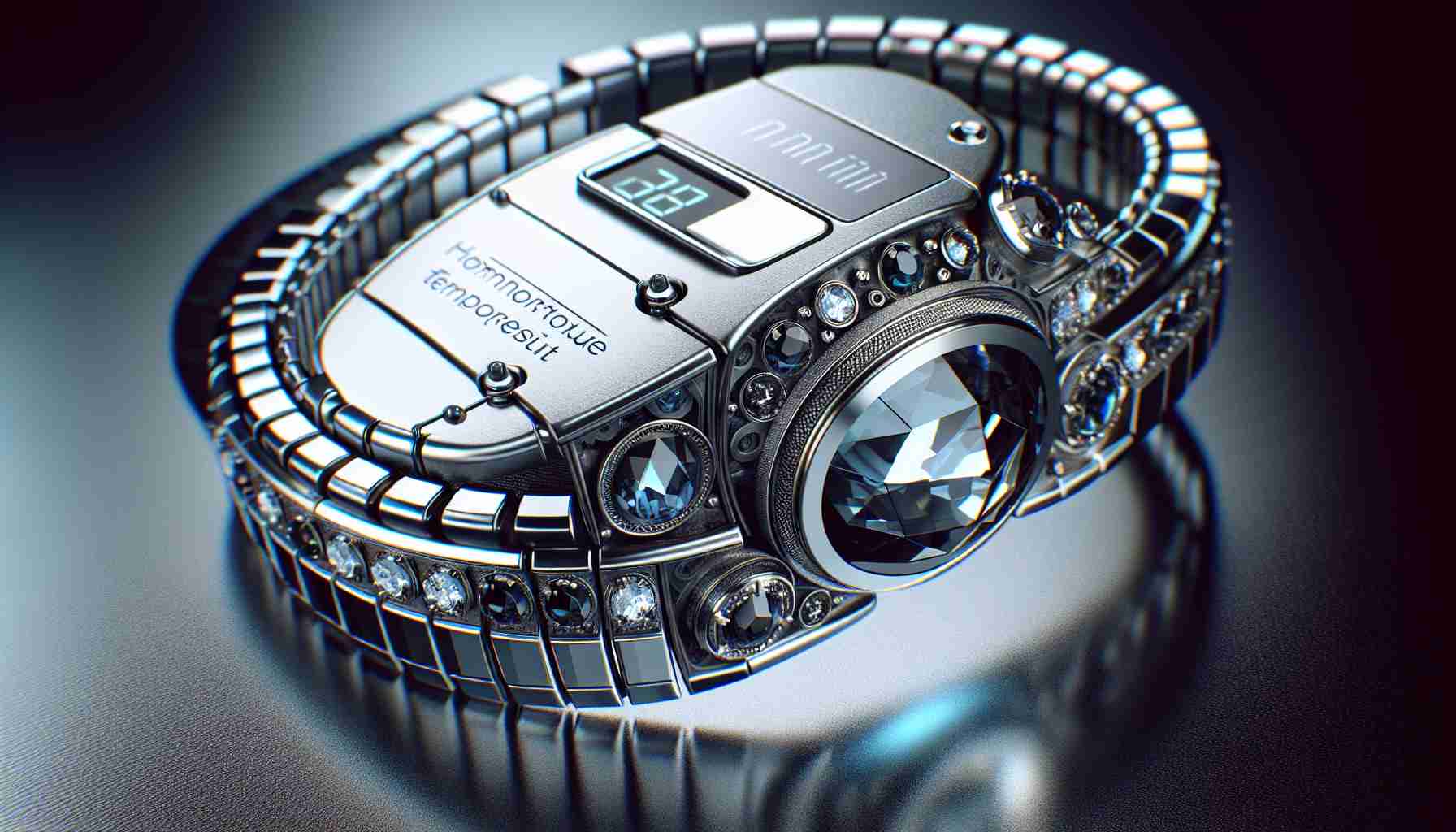Smart jewelry, such as rings and watches, is gaining increasing popularity, especially in the fitness world. Now, scientists from the University of Washington are introducing the Thermal Earring to the market – a wireless piece of jewelry that tracks the user’s earlobe temperature.
The smart earring is about the size and weight of a small paperclip, and its battery lasts for 28 days. The prototype works by attaching a magnetic clip with a temperature sensor to the user’s earlobe, with another sensor suspended about an inch below to estimate the ambient temperature.
Of course, earrings are still ornaments! That’s why they are available with personalization in the form of designs made from resin or gemstones, which do not affect the functionality. In a study conducted on six users, the earring successfully outperformed the smartwatch in detecting skin temperature at rest. It even showed potential for detecting signs of stress, eating, exercising, and ovulation.
“I wear a smartwatch to track my health, but I noticed that many people find them unfashionable, uncomfortable, and bulky,” says author Qiuyue (Shirley) Xue, a PhD student at the University of Washington. “I also enjoy wearing earrings, so we started to wonder what unique things we could discover by studying the earlobe. It turned out that measuring skin temperature on the earlobe, rather than the hand or wrist, is much more accurate. This allowed us to include a suspended part in the sensor, which separates the ambient temperature from the skin temperature.”
Creating such a small technological device, like an earring, while still being technically efficient enough to only require charging every few days, posed a major engineering challenge.
“It’s a tough balance,” says author Yujia (Nancy) Liu. “Usually, if you want the battery to last longer, you need a larger battery. But then you lose on size. Wireless connectivity also requires more energy.”
Due to its size, the team had to optimize the earring’s power consumption to the maximum, while still leaving space for the Bluetooth chip, battery, two temperature sensors, and antenna. The Bluetooth chip allows for lower energy consumption by the prototype compared to a connection with a device. After reading the temperature and transmitting the data, the earring turns off and goes into sleep mode to conserve energy.
Since the smart earring has not been widely tested, the team also explored other potential applications to enhance the effectiveness of future research. For five patients with fever, the average earlobe temperature increased by 5.92 degrees Celsius compared to the temperature of 20 healthy individuals. This means that the earring could be used for continuous fever monitoring.
In small tests, the earring detected temperature differences associated with eating, exercising, and stress. During tests on six users at rest, the readings differed on average by 0.32 degrees Celsius, which is within the range of 0.28 to 0.56 degrees Celsius needed for evaluating ovulation and monitoring the menstrual cycle. The smartwatch showed differences beyond this range, reaching up to 0.72 degrees Celsius.
“Currently available devices like the Apple Watch and Fitbit have temperature sensors, but they only provide average daily temperature, and their temperature readings from wrists and hands are too disturbed to track ovulation,” says Xue. “So, we wanted to explore unique applications for an earring, especially those that could be appealing to women and fashion-conscious individuals.”
Despite promising results from the conducted tests and experiments with the Thermal Earring, these discoveries are still very new. Further testing is necessary to confirm the device’s effectiveness before introducing it to the market. Xue is working on incorporating heart rate and motion monitoring in her future jewelry designs.
Source: Link
The source of the article is from the blog hashtagsroom.com
